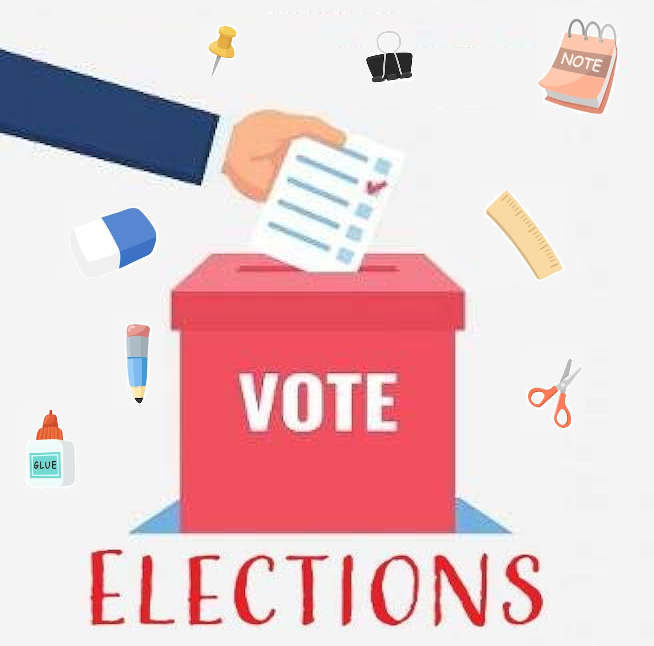Spectral representation of spatially correlated data
Keywords:
Spectral density, Spatial Statistics, Geostatistics, Big DataAbstract
Geostatistics seeks to detect and explain the dependence associated with a continuous spatial random field.
Both the spatial and spectral approaches can be valid instruments to detect this spatial dependence. The study of Geostatistics through the spectral approach seeks ways to solve problems that the Geostatistical theory faces, such as manipulation of large databases. For this purpose, spectral techniques are used, being these powerful tools to study the spatial structure, besides offering significant computational benefits in data manipulation. It was found that from the spectral density it is possible to obtain estimates to calculate the covariance; With covariance directly related to semivariance, the estimated semivariance can be obtained. In addition, it has been shown that the computational time spent when working with the spectral density remains constant for all n sizes of simulated samples. In the classical method, the computational time spent increased exponentially as n increased.
References
CARDUCCI, C. E. et al. Scaling of pores in 3D images of Latosols (Oxisols) with contrasting mineralogy under a conservation management systemSoil Research, 2014a. Disponível em: <http://dx.doi.org/10.1071/SR13238>
CARDUCCI, C. E. et al. Distribuição espacial das raízes de cafeeiro e dos poros de dois Latossolos sob manejo conservacionista. Revista Brasileira de Engenharia Agrícola e Ambiental, v. 18, n. 3, p. 270–278, mar. 2014b.
CARDUCCI, C. E. et al. Spatial variability of pores in oxidic latosol under a conservation management system with different gypsium doses. Ciência e Agrotecnologia, v. 38, n. 5, p. 445–460, out. 2014c.
CARDUCCI, C. E. et al. Gypsum effects on the spatial distribution of coffee roots and the pores system in oxidic Brazilian Latosol. Soil and Tillage Research, v. 145, p. 171–180, jan. 2015.
CASAIS, R. M. C. CONTRIBUTIONS TO SPECTRAL SPATIAL STATISTICS. Santiago de Compostela: Universidade de Santiago de Compostela, 2006.
CHERRY, S. Nonparametric estimation of the sill in geostatistics. [s.l.] Environmetric, 1997.
CRESSIE, N. A. C. Fitting variogram models by weighted least squares. [s.l: s.n.].
CRESSIE, N. A. C.; HAWKINS, D. M. Robust estimation of the variogram: Mathematical Geology. [s.l: s.n.]. v. 12
FUENTES, M. Spectral methods for nonstationary spatial processes. Biometrika, v. 89, n. 1, p. 197–210, 2002.
GELFAND, A. et al. Handbook os Spatial Statistics. London: CRC Press, 2010.
GRINGARTEN, E.; DEUTSCH, C. V. Teacher’s Aide Variogram Interpretation and Modeling. Mathematical Geology, v. 33, n. 4, p. 507–534, 2001.
MATEU, J; JUAN, P; PORCU, E. Geostatistical Analysis Through Spectral Techniques: Some Words of Caution. Communications in Statistics - Simulation and Computation, v. 36, n. 5, p. 1035–1051, 2007.
R CORE TEAM. R: A language and environment for statistical computingVienna, AustriaR Foundation for Statistical Computing, 2015.
SCHLATHER, M. et al. Analysis, Simulation and Prediction of Multivariate Random Fields with Package RandomFields. Journal of Statistical Software, v. 63, n. 1, p. 1–25, 2015.
SEVCIKOVA, H.; PERCIVAL, D.; GNEITING, T. fractaldim: Estimation of fractal dimensions, 2014. Disponível em: <http://cran.r-project.org/package=fractaldim>
ZIMMERMAN, D. L.; ZIMMERMAN, M. B. A Monte Carlo comparison of spatial semivariogram estimators and corresponding ordinary kriging predictors. 33. ed. [s.l.] Technometrics, 1991.
Downloads
Published
How to Cite
Issue
Section
License
Proposta de Política para Periódicos de Acesso Livre
Autores que publicam nesta revista concordam com os seguintes termos:
- Autores mantém os direitos autorais e concedem à revista o direito de primeira publicação, com o trabalho simultaneamente licenciado sob a Licença Creative Commons Attribution que permite o compartilhamento do trabalho com reconhecimento da autoria e publicação inicial nesta revista.
- Autores têm autorização para assumir contratos adicionais separadamente, para distribuição não-exclusiva da versão do trabalho publicada nesta revista (ex.: publicar em repositório institucional ou como capítulo de livro), com reconhecimento de autoria e publicação inicial nesta revista.
- Autores têm permissão e são estimulados a publicar e distribuir seu trabalho online (ex.: em repositórios institucionais ou na sua página pessoal) a qualquer ponto antes ou durante o processo editorial, já que isso pode gerar alterações produtivas, bem como aumentar o impacto e a citação do trabalho publicado (Veja O Efeito do Acesso Livre).

